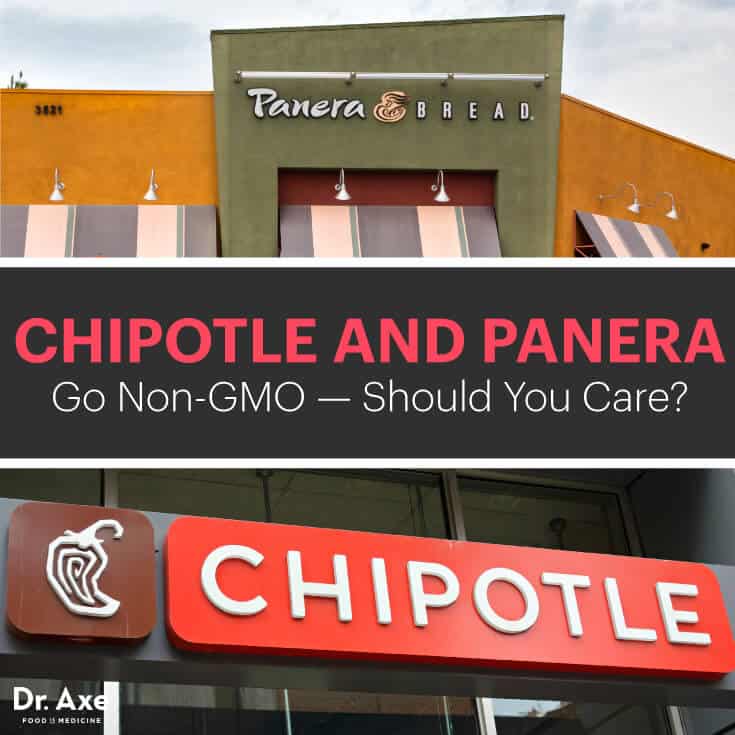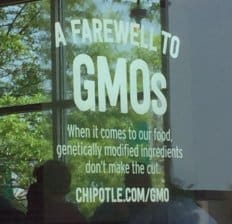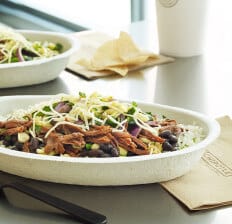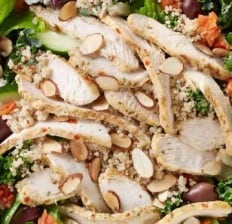This Dr. Axe content is medically reviewed or fact checked to ensure factually accurate information.
With strict editorial sourcing guidelines, we only link to academic research institutions, reputable media sites and, when research is available, medically peer-reviewed studies. Note that the numbers in parentheses (1, 2, etc.) are clickable links to these studies.
The information in our articles is NOT intended to replace a one-on-one relationship with a qualified health care professional and is not intended as medical advice.
This article is based on scientific evidence, written by experts and fact checked by our trained editorial staff. Note that the numbers in parentheses (1, 2, etc.) are clickable links to medically peer-reviewed studies.
Our team includes licensed nutritionists and dietitians, certified health education specialists, as well as certified strength and conditioning specialists, personal trainers and corrective exercise specialists. Our team aims to be not only thorough with its research, but also objective and unbiased.
The information in our articles is NOT intended to replace a one-on-one relationship with a qualified health care professional and is not intended as medical advice.
Chipotle and Panera Go with Non-GMO Foods — Should You Care?
July 26, 2017
Chipotle is cooking only with non-GMO foods, the first nationwide restaurant to do so. Panera has compiled a “No No List” of ingredients it will be removing from its menu — in all, 150 artificial preservatives, sweeteners, colors and flavors are getting the boot. General Mills’ original Cheerios brand no longer contains GMOs (genetically modified organisms).
Even Hershey’s Kisses are getting a makeover; by the end of 2015, the iconic treat and its counterpart, Hershey’s Milk Chocolate Bars, will be GMO-free, with the company stating a need to get back to simple, easy-to-understand ingredients.
But does that mean these foods are good for us?
What the Switch to Non-GMO Foods Means
First things first: GMOs are organisms (foods) that have been artificially manipulated through genetic engineering. Typically, this is done so crops can withstand being sprayed with herbicides. GMO proponents claim that these crops are safe, offer an increased yield each season and lower prices for consumers. This couldn’t be farther from the truth.
The reality is that GMO foods are associated with environmental damage in the areas they’re grown, increased health risks for humans and animals, and no higher yields than non-GMO crops. Many countries around the world significantly restrict, ban or require labeling of GMO foods, including 28 nations in the European Union, Japan, Australia, Brazil, Russia and even China.
Though the U.S. has some of the most lenient laws on GMOs and artificial ingredients, consumers are becoming more aware of the dangers and demanding change — in fact, 93 percent of Americans support labeling genetically modified foods — and it’s working. The amount of companies eliminating harmful ingredients is steadily increasing as buyers demand more transparency and uncontaminated, wholesome ingredients.
Do These Companies Care About My Health?
There’s been much backlash that these changes have little to do with companies’ concern for our health and that the sudden changes are mainly for public relations purposes — and, on some level, these critics are right. Companies aren’t doing this out of concern for your health; they’re watching out for their bottom lines, ensuring consumers keep purchasing their products and, yes, want us to feel good about what we’re buying.
These companies might be forced to offer non-GMO foods if a recently introduced bill to mandate labeling of GMOs gets enough support in Congress. Drawn up by Rep. Peter Defazio and Sen. Barbara Boxer, it would require the Food and Drug Administration to clearly label GMO foods so that consumers can make informed choices about what they’re feeding their families.
The Genetically Engineered Food Right-to-Know Act would “establish a consistent and enforceable standard for labeling of foods produced using genetic engineering, thereby providing consumers with knowledge of how their food is produced.” This bipartisan GMO-labeling bill has broad support from consumer rights and environmental organizations, farmers, chefs, and food producers.
But despite wide public support, this legislation will be fought by Big Ag, including public enemy No.1 Monsanto — which have already spent over $100 million to defeat GMO labeling in a handful of states.
Still, whether their reasons are altruistic or not, it’s impressive to see the amount of companies bowing to public pressure, the power of the consumer dollar and the growing amount of Americans who want non-GMO foods. As someone who would prefer that GMO foods were completely out of the food supply or, at the very least, labeled, the current trend to eliminate GMOs and other harmful ingredients is a step in the right direction.
Should I Start Eating Burritos and Pastries?
Does that mean you should start chowing down on Chipotle burritos or skipping breakfast in favor of Hershey’s Kisses regularly? Definitely not. While offering non-GMO foods is great, there are other unsavory things lurking in these foods and some can be total calorie bombs; one burrito from Chipotle could set you back almost 1,000! While I’m not a calorie counter, that’s a lot for one meal.
However, there’s no perfect world. There will be times when a quick lunch between meetings, a grab-and-dash dinner is necessary, or you just have a hankering for a sweet treat and no other options available. In those instances, I vote for using your hard-earned dollars to support those companies who have made the switch to eliminate harmful ingredients from their menus.
Unsure about what the healthiest choices are? Here are some ideas next time you find yourself ordering at the counter.
Dr. Axe’s Picks: What to Order at Chipotle or Panera
Chipotle
-
Ask for a burrito bowl. Though you’ll essentially be ordering a burrito salad, ordering the bowl instead of the salad means you’ll get a lot more food that’ll be topped off with low-calorie lettuce instead of making it the base.
- Little or no rice (or ask for very little, as rice is mostly refined carbohydrates that are bankrupt of nutrients); beware, you might get a puzzled response.
- Extra fajita vegetables, please! Don’t forget to smile.
- Black beans
- Beef or chicken, as they’re antibiotic-free and natural
- Mild pico de gallo and medium salsa (you will thank me)
- Light on the corn
- No cheese or sour cream
- Guacamole — get those avocado benefits and healthy fats in!
- Lettuce
Panera
Salads:
When choosing salads, be sure to look at the amount of sodium. Some can have almost half your daily allowance and don’t necessarily come from the ideal sodium foods! Ask for dressing on the side and choose an apple to accompany your meal instead of bread or potato chips.
- Strawberry Poppyseed and Chicken Salad: This salad combines antibiotic-free chicken with fresh fruits and romaine lettuce for a refreshing lunch.
- Classic With Chicken Salad: Adding chicken to the classic salad gives this option an extra dose of protein.
Sandwiches and Flatbreads (I’m not a fan of gluten, but if you must have a sandwich, here’s what I recommend):
- Mediterranean Veggie Sandwich: This is your best bet out of the sandwich choices, as most pack in almost half of your daily amount of sodium. Ask for it on whole-grain bread (still not ideal).
- Mediterranean Flatbread: With healthy hummus, sheep’s milk feta and veggies, this is a solid option.
- Tomato Mozzarella Flatbread: For a flatbread with no meat, this one has a decent amount of protein at 12 grams each.
Really, none of these sandwich/flatbread options are great, but if you must eat there, the above are your best choices.
Soups:
Though many of these sound healthy, they’re loaded with sodium. Stick to the other options instead.
While these convenience non-GMO foods still might not be the ideal, you can at least take comfort in knowing there are healthy options available at each place. And until none of our foods contain GMOs or artificial ingredients, any progress is better than none at all.




